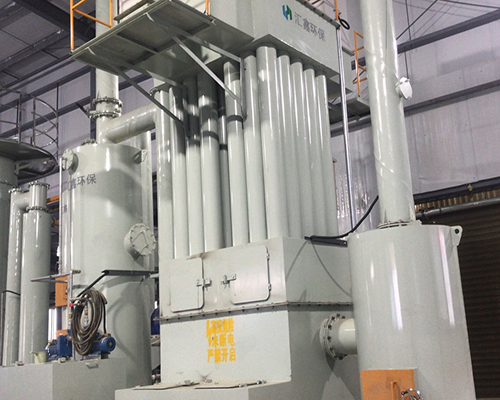 English
English Español
Español  Português
Português  русский
русский  Français
Français  日本語
日本語  Deutsch
Deutsch  tiếng Việt
tiếng Việt  Italiano
Italiano  Nederlands
Nederlands  ภาษาไทย
ภาษาไทย  Polski
Polski  한국어
한국어  Svenska
Svenska  magyar
magyar  Malay
Malay  বাংলা ভাষার
বাংলা ভাষার  Dansk
Dansk  Suomi
Suomi  हिन्दी
हिन्दी  Pilipino
Pilipino  Türkçe
Türkçe  Gaeilge
Gaeilge  العربية
العربية  Indonesia
Indonesia  Norsk
Norsk  تمل
تمل  český
český  ελληνικά
ελληνικά  український
український  Javanese
Javanese  فارسی
فارسی  தமிழ்
தமிழ்  తెలుగు
తెలుగు  नेपाली
नेपाली  Burmese
Burmese  български
български  ລາວ
ລາວ  Latine
Latine  Қазақша
Қазақша  Euskal
Euskal  Azərbaycan
Azərbaycan  Slovenský jazyk
Slovenský jazyk  Македонски
Македонски  Lietuvos
Lietuvos  Eesti Keel
Eesti Keel  Română
Română  Slovenski
Slovenski  मराठी
मराठी  Srpski језик
Srpski језик
High temperature pyrolysis treatment station
2023-09-08
High temperature pyrolysis treatment station is a technology used to treat solid waste, whose basic principle is to convert waste into high value-added energy or chemicals through high-temperature pyrolysis. The processing station usually consists of a reaction furnace and a series of subsequent processing units. In a reactor, solid waste is decomposed into three parts at high temperatures: gas, liquid, and solid. The gas section usually contains combustible gases such as hydrogen, methane, and carbon monoxide, which can be used for industrial applications such as power generation or kiln firing. The liquid part contains a series of organic compounds, such as phenols, aldehydes, ketones, and fractions, which can be used for the production of fuels, solvents, and chemical raw materials. The solid part contains solid carbon, which can be used to produce electrode materials and activated carbon.

The advantages of high-temperature pyrolysis treatment stations are multifaceted. Firstly, it can effectively treat various solid waste, including medical waste, plastic waste, and urban waste, and can convert these waste into high value-added energy and chemicals. Secondly, high-temperature pyrolysis treatment stations have a relatively small impact on the environment. Compared to traditional incineration and landfill treatment methods, they can reduce greenhouse gas emissions such as carbon dioxide and methane, and do not produce odors and toxic gases. Finally, high-temperature pyrolysis treatment stations can reduce the demand for raw materials through separation and recycling processes.

However, there are also some challenges for high-temperature pyrolysis treatment stations. Firstly, high-temperature pyrolysis treatment stations require a large amount of energy to maintain high-temperature reactions, resulting in higher energy consumption. Secondly, a certain amount of solid residues, such as ash and sludge, will be generated during the pyrolysis process and need to be safely and properly treated. Finally, for different types of solid waste, high-temperature pyrolysis treatment stations require adaptive design and customization to improve treatment efficiency and reduce costs.

In summary, high-temperature pyrolysis treatment stations are a promising solid waste treatment technology. In future development, it will continue to innovate and improve to meet people's pursuit of environmental protection and sustainable development.
Related Links




